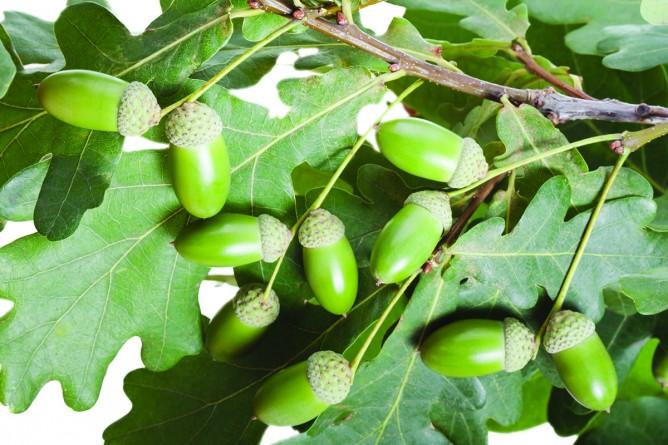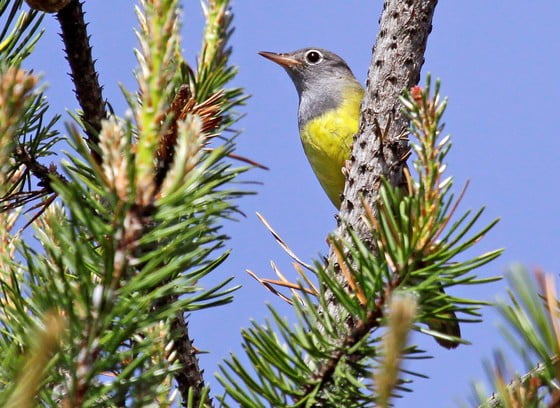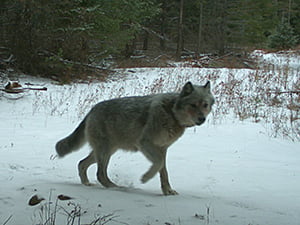
The 2019 acorn mast survey conducted on 38 wildlife areas throughout Ohio shows a slightly below average year for white oaks and above average red oak acorn production, according to the Ohio Department of Natural Resources (ODNR) Division of Wildlife. Ohio’s fall acorns are an important food source for more than 90 forest wildlife species, and mast crop abundance can influence hunting plans.
Division of Wildlife employees scanned the canopies of selected oak trees on wildlife areas to determine the percentage of trees that produced acorns, and the relative size of the acorn crop.
Results showed that an average of 21.8 percent of white oaks and 64 percent of red oaks bore fruit this year. Over the past five years, acorn production has oscillated from above to below average, and this year red oaks were well above the 15-year average, while white oaks were below average.
In addition to determining the presence or absence of acorns, observers estimated the percentage of each tree’s crown that was covered with acorns. Average crown coverage of acorns for white oaks was 4.2 percent, well below the 2018 average. Average crown coverage of acorns for red oaks was 27 percent this fall, which nearly doubled from last year. Average crown coverage was above average for red oaks this year, while whites were slightly below average.

Wildlife prefer white oak acorns because red oak acorns contain a high amount of tannin and taste bitter. White-tailed deer, wild turkeys, and squirrels concentrate near areas with heavy crops of white and chestnut oak acorns. In areas with poor acorn production, these animals are more likely to feed near agricultural areas and forest edges.
Acorns are an important food source for many forest wildlife species. Numerous studies have linked the abundance of mast crops to body condition, winter survival, and reproductive success of white-tailed deer, wild turkey, black bears, gray squirrels, and ruffed grouse. Furthermore, hunters could use this information to key in on areas to improve hunting success.
In those areas where acorns are an important part of the deer’s diet, mast availability can affect deer movements and ultimately hunter success. In poor mast years, where deer are forced to use other food sources, travel distances between feeding and bedding areas may be longer and more predictable, making deer more vulnerable to harvest. This year’s very poor mast crop may translate to relatively high hunter success rates in those areas where oaks dominate.
This is the 15th year the Division of Wildlife has completed the acorn production mast survey.
The results, including tables and historical numbers, can be found at: http://wildlife.ohiodnr.gov/portals/wildlife/pdfs/research/2019 acorn mast survey.pdf
Red oak acorn production shouldn’t be discounted altogether as a part of your land management plan. The article below discusses the value red oak acorns in late season wildlife forage. https://www.qdma.com/red-oaks-important-deer-nutrition/

